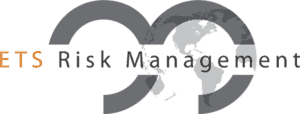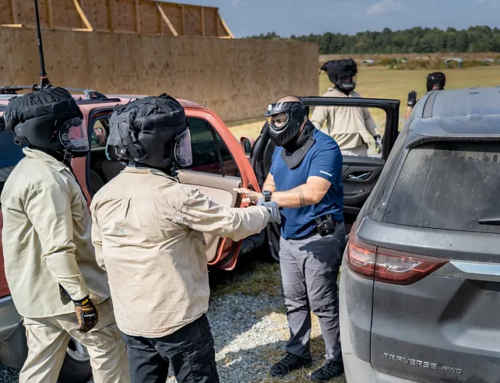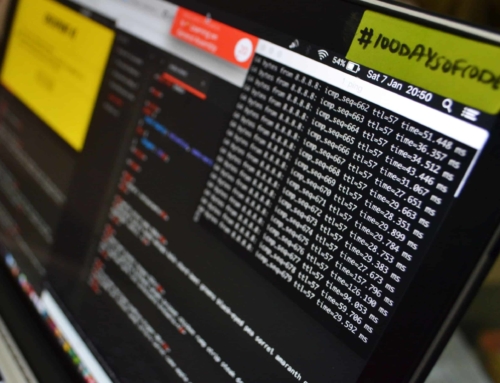
Corporate Executive Protection (EP) Program Development
The recent murder of the UnitedHealth Group CEO Brian Thompson, serves as a harrowing reminder of the critical importance of a proactive, well-structured approach to executive protection (EP) programs. Such events not only result in the devastating loss of a life but can also have far-reaching consequences for an organization’s stability, reputation, and operations.
This re-released article delves into the key elements of developing a corporate EP program, from identifying who requires protection to the strategic deployment of secure ground transportation (SGT) and the importance of protective intelligence. By learning from tragedies such as this and implementing robust security strategies, organizations can prevent the unthinkable and protect their most vital assets—their people.
A flexible, risk-based, and intelligence-led approach to Executive Protection (EP) is the methodology most aligned to high-level corporate EP programs. By addressing critical considerations such as incident response, reputational risk, and logistical efficiency, EP programs safeguard not only the physical safety of executives but also the time, resources, and reputation of the organizations they lead.
Who Gets Executive Protection and Secure Ground Transportation (SGT)
To successfully develop and implement a VIP Protection program initially requires a robust threat assessment system. An experienced senior security manager needs to be allocated as the primary decision-maker, deciding as to who gets what level of security and when. This requires timely, accurate, and relevant protective intelligence support, to identify and understand threats that will guide both resource allocation and appropriate plans.
There is often a two-pronged approach to this decision-making process;
The First – being the ‘key person’, often the CEO and Chairman. Losing the ‘Key-person’ or experiencing significant disruption, will impact business continuity and value. Regardless of specific threat or risk, the goal is to avoid anything happening to this person/s. If something happens to the CEO and Chairman, the whole company is placed at risk.
- “Key-person” loss or significant disruption, impacts business continuity and value.
- The CEO is the person ultimately responsible for lay-offs. These are a daily issue that can escalate and are most likely to become a ‘flash-point’– thus WPV and targeted attack is a persistent risk. Therefore, the CEO requires appropriate security to counter this persistent threat.
- High-net worth implies valuable assets attractive to criminals (i.e. Tamara Ecclestone jewellery theft – $67M loss)
- Theft
- Extortion/threats
- Kidnap
- Cyber targeting
- Thefts/Burglaries often escalate to assault
- Poorly coordinated or vetted travel provides opportunities for criminals to exploit
- Risk assessments and associated security planning and logistics are necessary for increasing international travel (business and personal)
- Safety, security, and related logistics support and contingency planning (transportation, emergency medical, evacuation) correlates to less disruption in productivity
- Key-person risk management as an element of risk mitigation reflected in:
- Bond Offerings
- Tax consequences – 3rd party audits include a comprehensive audit of security programs
The other consideration and planning requirement to the ‘key-person’ approach is to what level are they supported and secured. This is subject to the variables noted below.
The Second – is Senior Vice President (SVP) or other similar level C-Suite executive, and is based on threat, role, and reason. It is important to look at it from three buckets/Lens’:
- Targeted e.g. Aggrieved persons/WPV/Criminal/Gang/Kidnap
- Collateral e.g. Coup/Terrorism/Active-shooter/Fire
- Opportunistic e.g. Crime/Express kidnap/Vehicle attack
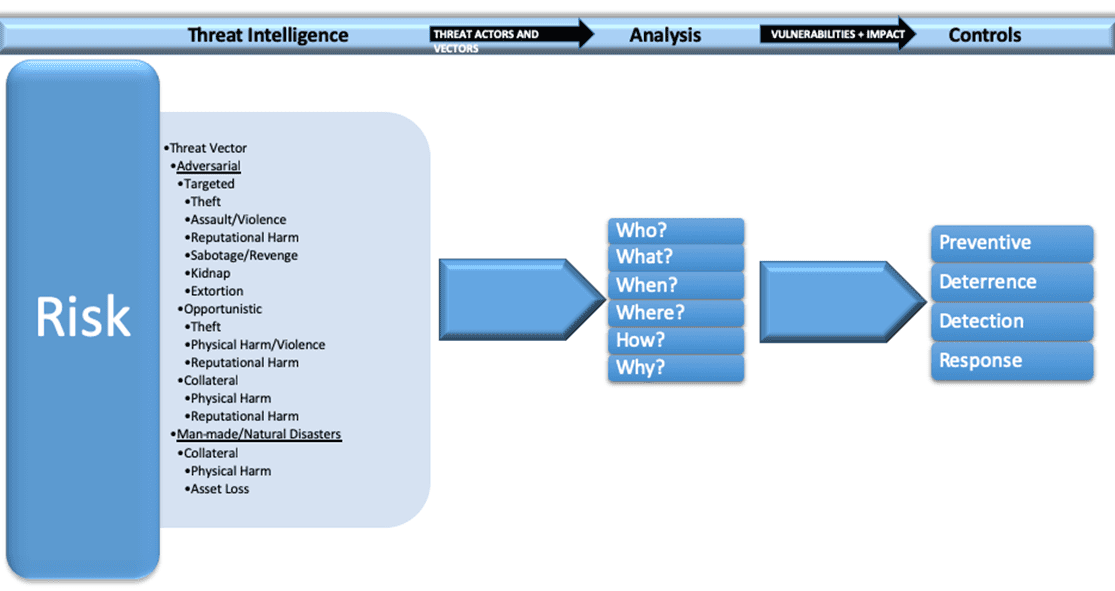
The primary components that are often neglected are:
- There is often a complacency surrounding the residences of CEOs and C-Suite, that assumes a level of safety if an intrusion detection system, and cctv system is in-place. There are an array of considerations and levels that should be undertaken and managed in relation to Residential Security.
- Special Events. Quite often poor protective intelligence will only focus on direct threats. The chances of an indirect threat, whether that be geographical, social, political, or a direct threat to someone sharing a stage or location with the Key-person, also has a significant impact. Also, through the lens of disruption, and targeted versus collateral threats.
- Journey management. SGT significantly improves traveler safety by working to control the variables that could negatively impact the security of a traveler. Some examples of these variables that could impact a traveler include, but are not limited to:
- Time spent in public spaces e.g. airports, sidewalks, restaurants, meeting points etc.
- Unknown and/or unvetted drivers
- Untrained drivers
- Poor communication, monitoring, and oversight
The senior security manager, supported by protective intelligence, would assess threats, vulnerability, and business case to resource and deploy executive protection and/or secure transportation to company employees based on variables such as status, role, locations to be visited, and events.
Other Considerations for Corporate EP programs:
- Protective Intelligence operation is vital to identify threats, gauge risk, and work proactively.
- The CSO makes the overriding decision.
- The executive assistants (EAs) of the VIPs communicate and liaise with the Security team.
- Careful assessment of what status of EP should be deployed – covert / low profile / high-profile.
- Taking into account the company culture is important, but the tail should not wag the dog.
- Business/Private use of a jet. This has obvious tax consequences :
- Requirement under tax code, business use of aircraft for security – third party would come to confirm that a security case exists. The company has to have taken other measures to secure the CEO, so that they can align that with the reason for the jet.
- The IRS would likely target you if you have Jet for security but no formal EP program, RST etc.
- The best way to write off a private Jet for tax is for security reasons (apparently) – but it needs to be audited and justified (IRS 1.132.5). Likely only doable at a CEO and Chairman level.
- There are multiple considerations and components of an EP Program
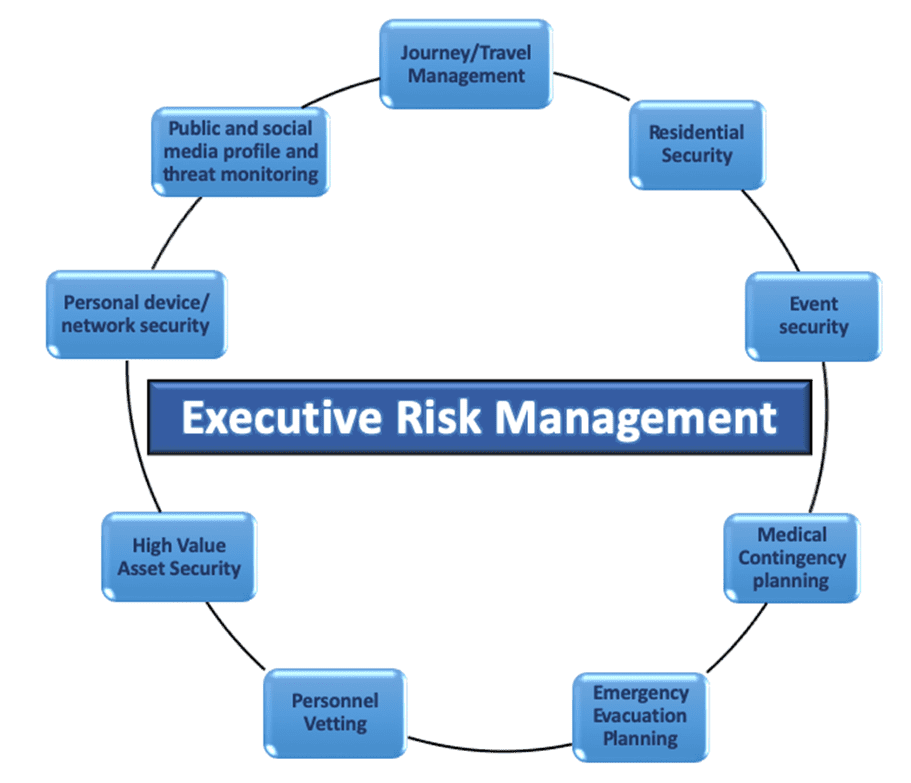

Secure Transportation In Detail:
- Travelers are more exposed to hazards when in transit – particularly when traveling by road or awaiting transportation outside of an airport, venue or business premises. The predominant risks include; crime, sexual assault, and attack.
- A large amount of incidents tend to arise when people are in transit (especially traveling in vehicles), these include assault, theft, sexual attack, kidnap, fraud, and robbery.
- The risk of road traffic crash is always the biggest danger to every traveler.
- Medical emergency is often overlooked. Whenever moving within a vehicle, If involved in an incident, medical response and emergency medical treatment may not be to the level that you get in your home country. Mid-level or minor issues can quickly develop, especially if in rural areas, or away from definitive and high-level medical care.
- Female Travel Security. There are two risks that female travelers are statistically more likely to fall victim to:
- Opportunistic violent crime e.g. mugging.
- Sexual Assault.
Criminals, by nature, are predators and will normally focus attention on ‘easy targets’. Sexual predators may focus on women they assume will not have anyone immediately ‘missing them’ or checking in on them. They will also more likely work to position themselves into a role, or place, where they have the best chance of success. The nature of these predominant risks, makes rideshare services, and unregulated taxi services an increased risk for female travelers.

Executive Protection and Airport Transfers
- An Executive Protection officer supporting an airport transfer facilitates a fast, efficient, and safe exit from the airport. When arriving at the airport, the security driver will stay with the vehicle and identify vulnerable areas or unusual behavior and react accordingly.
- They stage the vehicle nearby, ready to be called forward when appropriate. The EP officer positions at the passenger exit point and operates in a proactive threat detection role to identify any potential hostiles, and pre-empt potential dangers.
- The Executive protection officer, having been identified to the client prior (via a photo) as well as using other systems, will provide a low-profile meet and greet service within the airport terminal and escort to the pick-up point.
- Safe embus into the vehicle (now in-position kerbside) can then be ensured, at a pre-arranged secure pick-up location. This is the safest option and prevents the driver from leaving the vehicle, reducing exposure levels and enabling a more dynamic pick-up.
- If there wasn’t an Executive Protection Officer, then the driver would have had to park the vehicle, meet the traveler/s and then escort them to the staging area. Which isn’t necessarily bad, but it is slower than the alternative. Depending on the airport this may require some extra time, parking ticket complications etc. However, for medium to high risk locations, any delays can increase risk. This is why it is important to make risk based, intelligence-led decisions.
- SGT should be used by organizations in locations that they (the organization’s decision makers) assess to be at the appropriate risk level that should mandate extra precautions to be taken. Areas to assess include, but are not limited to:
- Crime levels including current incidents
- Political stability
- Road Infrastructure
- Duration and route of travel/s
- Topography
- Road Traffic incident data
- Cultural issues (e.g. female travel safety)

Executive and C-Suite Travel and Secure Transportation – Considerations
The key differentiator between C-suite and other travelers is primarily the likelihood of more complex itineraries, and last minute changes. The number of people involved in the management of that itinerary is often higher, and therefore most secure transportation services at the c-suite level often require significant project management and designated overwatch. The flexibility that is often required, including the communication with multiple stakeholders and the assessment and management of risk that adapts to the changes, is often best aligned to SGT.
Conclusion
An effective Corporate Executive Protection (EP) program transcends mere security measures to become a strategic tool that ensures executive safety, enhances operational efficiency, and safeguards corporate reputation. By integrating a flexible, risk-based, and intelligence-led approach, organizations can navigate the complex threat landscape with foresight and resilience.
Other considerations to bear in mind, such as incident response, reputational risk management, and logistical efficiency, underscore the multifaceted value of a well-structured EP program. In high-pressure scenarios, such as a mass casualty incident (MCI) or targeted attacks, proactive planning and decisive response mechanisms mitigate damage and uphold the organization’s reputation. Similarly, efficient secure ground transportation (SGT) not only minimizes exposure to risks but also optimizes executive time management—a critical asset in maintaining productivity and operational momentum.
Additional aspects, such as residential security, journey management, and event security, highlight the importance of addressing all vulnerabilities, from predictable daily routines to high-stakes public appearances. High quality protective intelligence plays a pivotal role in anticipating threats, shaping adaptive strategies, and ensuring seamless execution of risk management plans.
Ultimately, a corporate EP program is not a one-size-fits-all solution but a dynamic framework that aligns with organizational culture, priorities, and risk appetite. By investing in comprehensive planning, precise execution, and continuous refinement, organizations position themselves not only to protect their key assets but to empower their leaders to drive innovation and growth with confidence and security.
